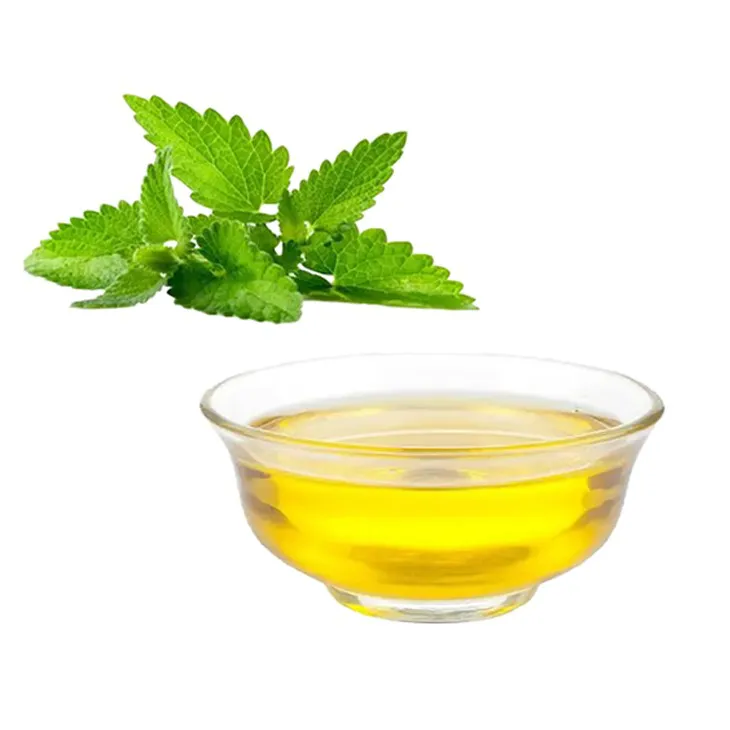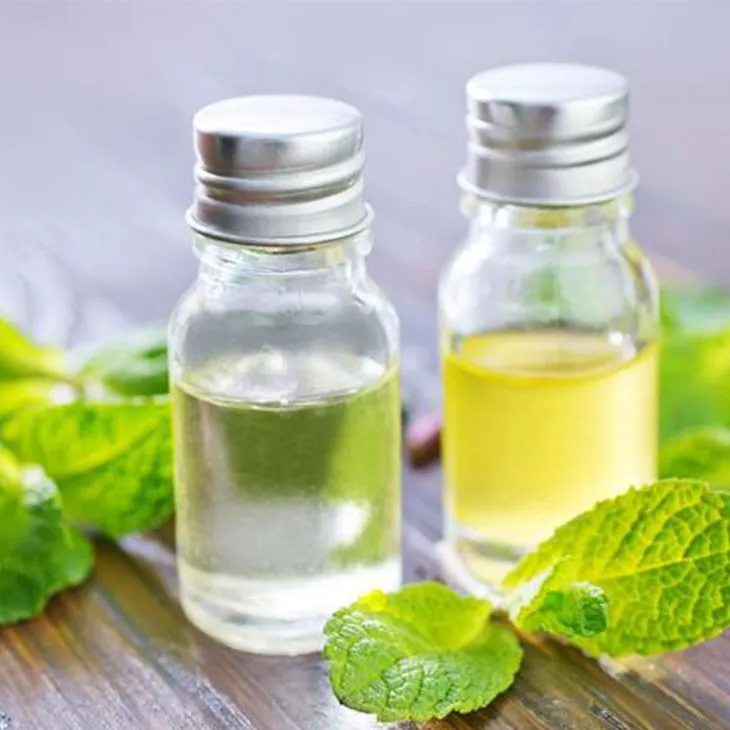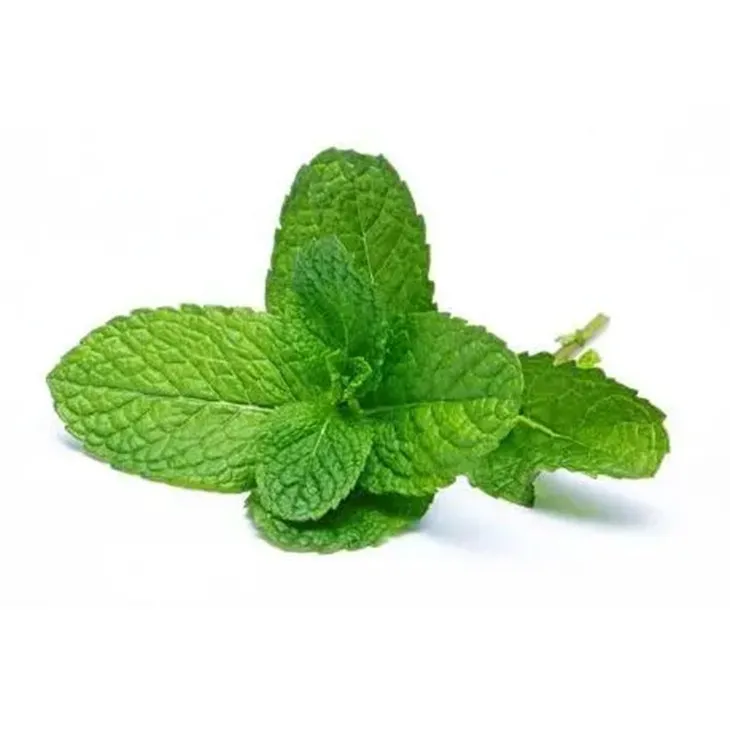- 0086-571-85302990
- sales@greenskybio.com
Steaming to Success: Mastering the Steam Distillation of Peppermint Oil
2024-08-24

Introduction
Steam distillation is a widely used technique in the extraction of essential oils, and Peppermint Oil is one of the most popular and valuable essential oils. This article aims to provide a comprehensive guide to mastering the steam distillation of Peppermint Oil, including the principles behind the process, the equipment required, and the techniques for achieving optimal results. By following the steps and tips outlined in this article, readers will be able to extract high-quality Peppermint Oil with confidence and ease.

The Principles of Steam Distillation
Steam distillation is based on the principle that when steam is passed through a mixture of plant material and water, the volatile components of the plant material (such as essential oils) will vaporize and be carried away by the steam. The vaporized components will then condense and separate from the water, resulting in a mixture of essential oil and water. The essential oil can be separated from the water by using a separating funnel or other separation techniques.
The process of steam distillation relies on the difference in boiling points between the essential oil and water. The boiling point of water is 100°C, while the boiling point of most essential oils is much higher. By heating the mixture of plant material and water to the boiling point of water, the steam will vaporize and carry away the volatile components of the plant material. As the steam rises and cools, the essential oil will condense and separate from the water.

Equipment Required for Steam Distillation
Still
The still is the core component of the steam distillation process. It consists of a heating element, a distillation column, and a condenser. The heating element is used to heat the mixture of plant material and water to the boiling point of water. The distillation column is used to separate the vaporized components from the water. The condenser is used to cool the vaporized components and condense them back into a liquid form.
Plant Material
High-quality plant material is essential for extracting high-quality peppermint oil. The plant material should be fresh, clean, and free from any contaminants. Peppermint leaves are the most commonly used plant material for extracting peppermint oil. Other parts of the peppermint plant, such as the stems and flowers, can also be used, but the yield and quality of the oil may be different.
Water
Clean and distilled water is used in the steam distillation process. The water should be free from any impurities or contaminants that could affect the quality of the oil. Tap water can be used, but it may contain minerals and other impurities that could affect the flavor and quality of the oil. Distilled water is recommended for best results.
Other Equipment
- A separating funnel for separating the essential oil from the water.
- A thermometer for monitoring the temperature during the distillation process.
- A timer for keeping track of the distillation time.
- Glassware and containers for collecting the essential oil and water.

The Steam Distillation Process
Preparation
Before starting the steam distillation process, the plant material should be prepared. The peppermint leaves should be washed thoroughly to remove any dirt or debris. They should then be dried thoroughly to remove any excess moisture. The dried peppermint leaves can be ground or cut into small pieces to increase the surface area and improve the extraction efficiency.
Loading the Still
The prepared plant material is loaded into the still. The still should be filled with enough plant material to produce a sufficient amount of essential oil. The plant material should be evenly distributed in the still to ensure even heating and extraction.
Adding Water
Clean and distilled water is added to the still. The water level should be high enough to cover the plant material completely. The amount of water required will depend on the amount of plant material used and the size of the still.
Heating the Still
The still is heated using a heating element. The heating rate should be controlled to ensure that the mixture of plant material and water is heated slowly and evenly. The temperature should be gradually increased to the boiling point of water (100°C). Once the mixture reaches the boiling point, steam will be generated and will carry away the volatile components of the plant material.
Distillation
During the distillation process, the vaporized components of the plant material will rise and pass through the distillation column. The distillation column is designed to separate the vaporized components from the water. The vaporized components will condense and separate from the water in the condenser. The condensed essential oil and water will then be collected in separate containers.
Separating the Essential Oil
Once the distillation is complete, the essential oil and water will need to be separated. This can be done using a separating funnel. The separating funnel should be filled with the mixture of essential oil and water and allowed to stand for a period of time to allow the two layers to separate. The essential oil will form the upper layer and can be drained off into a separate container.
Finishing Touches
The extracted peppermint oil may need to be further purified or processed to remove any impurities or contaminants. This can be done using techniques such as filtration or distillation. The purified peppermint oil can then be bottled and stored for future use.

Tips for Achieving Optimal Results
Choose the Right Plant Material
As mentioned earlier, high-quality plant material is essential for extracting high-quality peppermint oil. Make sure to choose fresh, clean, and free-from-contaminants peppermint leaves. Avoid using old or damaged plant material, as this can affect the quality and yield of the oil.
Control the Heating Rate
Controlling the heating rate is crucial for achieving optimal results in steam distillation. The heating rate should be slow and steady to ensure even heating and extraction. Sudden temperature changes can cause the plant material to burn or produce off-flavors in the oil.
Monitor the Distillation Time
The distillation time will depend on the amount of plant material used and the size of the still. It is important to monitor the distillation time carefully to ensure that the essential oil is extracted completely. Over-distillation can result in the degradation of the oil and a loss of its quality.
Use Proper Equipment
Using proper equipment is essential for achieving accurate and reliable results in steam distillation. Make sure to use high-quality stills, thermometers, timers, and other equipment. Clean and maintain the equipment regularly to ensure its proper functioning.
Store the Essential Oil Properly
Once the peppermint oil is extracted, it should be stored properly to maintain its quality. Store the oil in a cool, dark place away from direct sunlight and heat. Use dark-colored glass bottles to protect the oil from light and oxidation. Label the bottles clearly with the date of extraction and any other relevant information.
Conclusion
Steam distillation is a powerful technique for extracting high-quality peppermint oil. By understanding the principles behind the process, using the right equipment, and following the proper techniques, readers can master the steam distillation of peppermint oil and achieve success in extracting this valuable essential oil. With patience and practice, anyone can become a skilled steam distiller and produce high-quality peppermint oil for various applications, such as aromatherapy, cosmetics, and food industries. Remember to always follow safety guidelines and regulations when working with essential oils and steam distillation equipment.
FAQ:
What is steam distillation?
Steam distillation is a process used to extract essential oils from plants by passing steam through the plant material and collecting the vapor that condenses. It is a common method for obtaining essential oils with high purity and quality.
What are the principles behind steam distillation?
The principles behind steam distillation involve the vaporization of volatile compounds in the plant material due to the heat of the steam. The vapor then condenses and separates from the non-volatile components, allowing for the extraction of the essential oil.
What equipment is required for steam distillation of peppermint oil?
Equipment required for steam distillation of peppermint oil includes a still, a source of steam, a condenser, and collection vessels. The still is used to hold the plant material and the steam, while the condenser cools the vapor and converts it back into a liquid. Collection vessels are used to collect the extracted peppermint oil.
What techniques are used for achieving optimal results in steam distillation of peppermint oil?
Techniques for achieving optimal results in steam distillation of peppermint oil include proper selection and preparation of the plant material, control of the steam temperature and flow rate, and careful monitoring and adjustment of the distillation process. Additionally, using appropriate extraction times and ratios can also help improve the quality of the extracted peppermint oil.
How can one ensure the quality of extracted peppermint oil through steam distillation?
To ensure the quality of extracted peppermint oil through steam distillation, it is important to use high-quality plant material, maintain proper equipment hygiene, and follow strict quality control procedures. Regular testing and analysis of the extracted oil can also help identify any potential issues and ensure its quality.
Related literature
- Steam Distillation: Principles and Applications in Essential Oil Extraction" by [Author Name]
- "Mastering the Art of Steam Distillation for Peppermint Oil" by [Another Author]
- "The Science and Technology of Steam Distillation in Essential Oil Production" by [Different Author]
- ▶ Hesperidin
- ▶ citrus bioflavonoids
- ▶ plant extract
- ▶ lycopene
- ▶ Diosmin
- ▶ Grape seed extract
- ▶ Sea buckthorn Juice Powder
- ▶ Beetroot powder
- ▶ Hops Extract
- ▶ Artichoke Extract
- ▶ Reishi mushroom extract
- ▶ Astaxanthin
- ▶ Green Tea Extract
- ▶ Curcumin Extract
- ▶ Horse Chestnut Extract
- ▶ Other Problems
- ▶ Boswellia Serrata Extract
- ▶ Resveratrol Extract
- ▶ Marigold Extract
- ▶ Grape Leaf Extract
- ▶ blog3
-
Angelica sinensis extract
2024-08-24
-
Diosmin
2024-08-24
-
Beta Carotene
2024-08-24
-
Plantain extract
2024-08-24
-
White Peony Extract
2024-08-24
-
Hericium erinaceus extract powder
2024-08-24
-
Green coffee bean Extract
2024-08-24
-
Cat Claw Extract
2024-08-24
-
Agaricus Blazei Extract
2024-08-24
-
Curcuma Longa Extract
2024-08-24





















